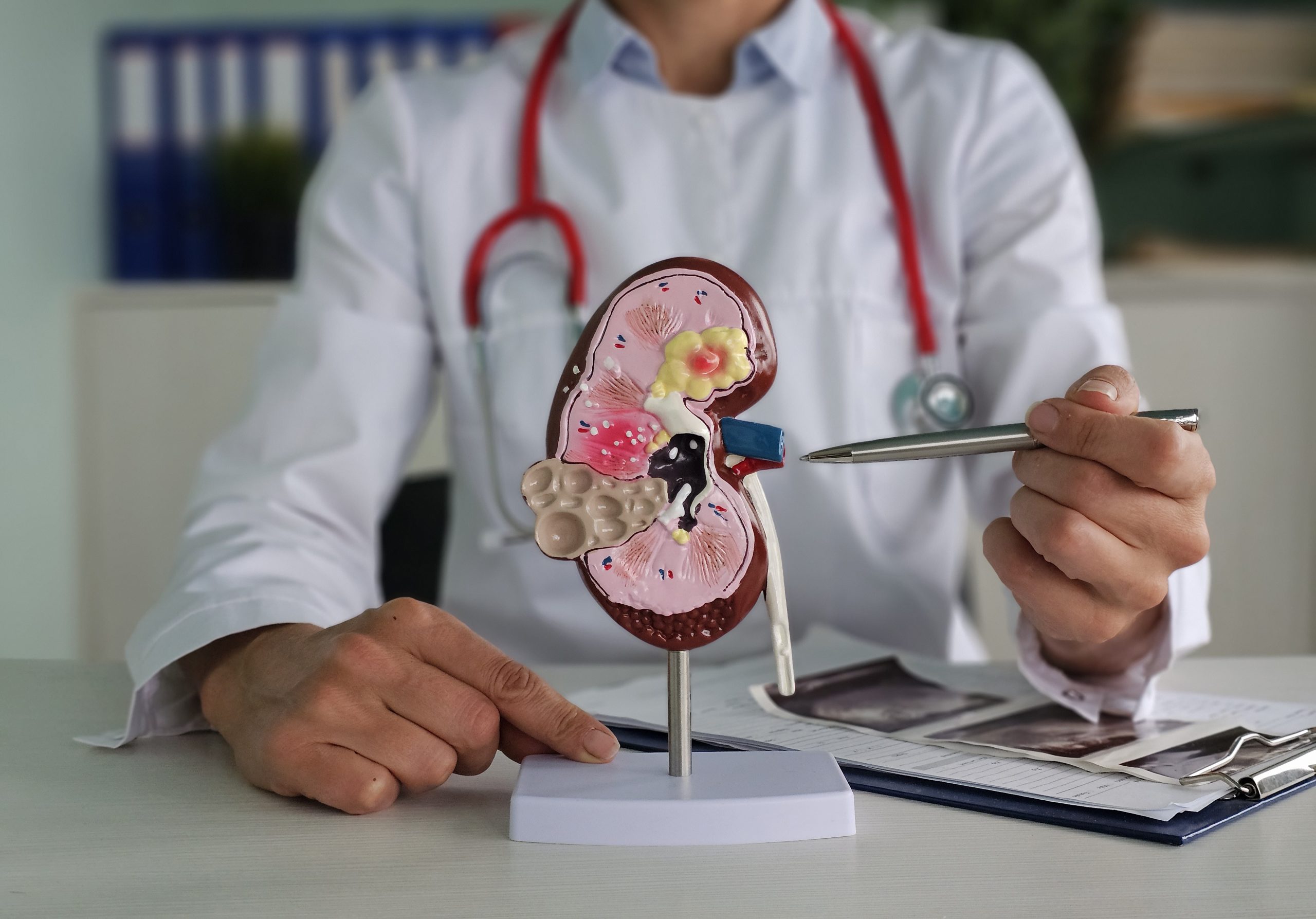Choosing a Kidney Stone Specialist is tough! Kidney stone pain can be scary. It comes suddenly. It feels sharp, deep, and almost unbearable sometimes. But here’s the good news—modern medicine can treat it quickly and prevent it from coming back.
In this blog, let’s understand how a kidney stone specialist doctor diagnoses and treats your pain step by step.

When You Need a Diagnoses
Sometimes, waiting can be dangerous. See a doctor right away if you have:
i. High fever with chills
ii. Severe pain not going away
iii. Vomiting or dehydration
iv. Little or no urine output
v. Pregnancy, diabetes, or kidney disease with pain
These are red flags. Emergency care comes first.
Step-by-Step: How a Kidney Stone Specialist Diagnoses
1. Discussion & Exam
The doctor asks about pain location, timing, past stone history, and lifestyle factors. A physical check follows.
2. Lab Tests
i. Urine test → checks blood, infection, crystals
ii. Blood test → kidney function, sugar, electrolytes
3. Imaging
i. Ultrasound → safe, first choice, no radiation
ii. CT Scan (NCCT) → detailed, shows exact stone size, location, density
iii. X-ray (KUB) → used for follow-up tracking
Treatment Depends on Stone Size & Location
Here’s a simple map doctors use:
Stone Size & Location | Common Treatment | Notes for Patients |
< 5 mm, lower ureter | Hydration + Meds | Often passes naturally in 1–3 weeks |
5–10 mm, ureter | URS / ESWL | URS = endoscopic removal; ESWL = shockwaves |
1–2 cm, kidney | RIRS / ESWL | RIRS uses flexible scope + laser |
> 2 cm, multiple stones | Mini-PCNL / PCNL | Small keyhole surgery, very effective |
This table makes it easy to understand what to expect.
Technology in Stone Treatment – Made Simple
i. Thulium-fiber laser: Newer tech, breaks stones into finer dust, quicker recovery.
ii. Mini-PCNL: Tiny cuts, less pain, faster healing compared to older methods.
iii. Flexible scopes: Reach hidden areas, safer for patients with complex stones.
Infection First, Stone Next
If infection is present, doctors first:
i. Drain urine safely (stent or tube)
ii. Give antibiotics
iii. Then remove the stone
Safety always comes before surgery.
Living with a Ureteral Stent
After certain kidney treatments, your doctor may leave a thin tube inside called a stent. It doesn’t stay forever — just long enough to give the kidney time to heal properly.
i. Why: During recovery, the stent makes sure the urine can drain without being blocked
ii. Common symptoms: patients may pee more often. They may feel a bit sore. Sometimes slight blood in urine may be found.
iii. Safety tips: Drink sufficient water as your body needs, don’t do heavy exercise. take medications if prescribed by a doctor.
iv. Consult your doctor: for fever, severe pain, or no urine passes. Consult if you have a fever. Severe pain in body. Difficulties when passing urine.
Prevention Tips That Really Work
i. Drink 2 to 3 litres of water daily (take more in summer).
ii. Add lemon water—gives citrate, prevents stones.
iii. Limit uses of salts, fried snacks, junk foods, and papads.
iv. For better prevention, avoid foods like spinach, tea, beetroot, and peanuts.
v. Keep calcium like milk, and other dairy products in your diet. Don’t restrict totally.
vii. Don’t overeat meat or paneer daily. Take balanced protein in your meal.
viii. Manage diabetes. Exercise regularly. Avoid obesity. It’s important to stay healthy.
Metabolic Tests for Repeat Stone Patients
For patients with frequent stones, doctors may check:
i. 24-hour urine for calcium, oxalate, uric acid, citrate
ii. Blood for kidney function, uric acid
Based on results, medicines like potassium citrate or thiazide diuretics may be given.
Special Situations
i. Pregnancy: Use ultrasound, avoid CT scans if not mandatory..
ii. Children: Prefer ultrasound; treat gently, smaller doses.
iii. Single kidney / CKD: Early treatment to protect remaining function.
Possible Complications (Honest Facts)
i. Mild fever or infection (5–10%)
ii. Small bleeding (rare, < 5%)
iii. Stone fragments left behind (10–20% with ESWL)
In maximum cases, it can resolve quickly with proper and regular followups.
Which Doctor Should You See?
i. Urologist → Stone removal, surgery, urgent care
ii. Nephrologist → Kidney health, prevention, dialysis care, transplants
Many patients need both for complete care.
FAQs People Ask
Often 1–3 weeks with water + meds. If not, see a doctor.
No. Many small stones pass naturally with meds.
Mild discomfort is common, but doctors give medicines to reduce it.
No. Ultrasound works for many cases.
Conclusion
Today, Kidney stone specialists can diagnose quickly. By using advanced tools your pain can be treated easily. The matter is timely consultation, and prevents steps to stones coming back.
If you have these symptoms, don’t wait. Consult urologists or a nephrologist. Proper treatment and consultation can keep your kidney healthy.





